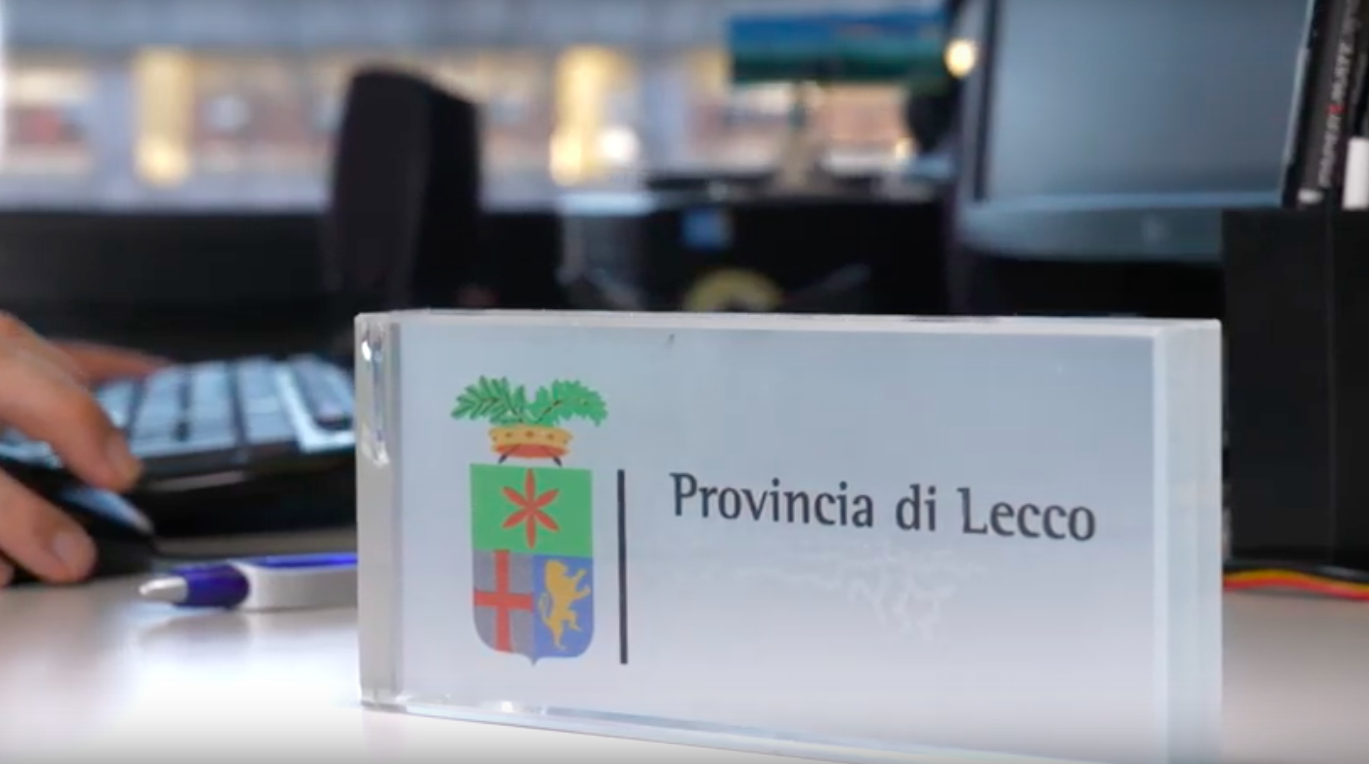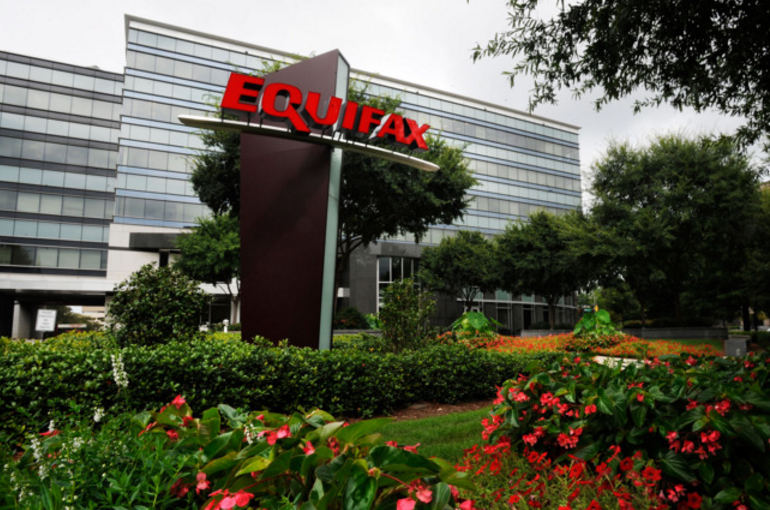Getting rid of browser notifications
Credit to Author: Leonid Grustniy| Date: Tue, 23 Jul 2019 15:44:54 +0000
We explain how not to drown in the stream of annoying browser push notifications — or even kiss them goodbye.
Read MoreRSS Reader for Computer Security Articles
Credit to Author: Leonid Grustniy| Date: Tue, 23 Jul 2019 15:44:54 +0000
We explain how not to drown in the stream of annoying browser push notifications — or even kiss them goodbye.
Read More
Credit to Author: Gregg Keizer| Date: Tue, 23 Jul 2019 03:00:00 -0700
Mozilla plans bake its Lockwise password manager into Firefox 70, the upgrade now set to launch Oct. 22.
At the same time, the browser will also be more tightly integrated with Firefox Monitor, which will provide warnings to users when their saved passwords have been revealed by a data hack.
According to Firefox bug reports and project documentation, Lockwise will automatically record username-and-password pairs, generate complex passwords on demand, identify victimized accounts and instruct users to change any passwords that have leaked.

Credit to Author: Peter Wayner| Date: Tue, 23 Jul 2019 03:00:00 -0700
Everyone in the enterprise loves the web browser when it’s delivering news, email, documentation, and sales leads. With the shift to web apps, it’s arguably the most important installed software on any corporate desktop. But the internet is filled with people who aren’t nice — sometimes even dangerous — and the same browser can also bring viruses, rootkits, and worse. Even if the browser sits on a little-used desktop in a dusty corner with no access to sensitive information, an attacker can use the seemingly unimportant machine as a stepping stone.
Keeping your users’ browsers secure is essential. The browser companies work hard to block the attackers by sealing the back doors, side doors, and cracks in between, but that isn’t always enough. Some useful features have dark sides, and enterprises can increase security dramatically by shutting down or tightly limiting access to these options.
(Insider Story)
Read More
Credit to Author: Sophos Italia| Date: Mon, 22 Jul 2019 16:01:52 +0000
Alcuni hacker russi avrebbero sfruttato due vulnerabilità durante i loro attacchi<img src=”http://feeds.feedburner.com/~r/sophos/dgdY/~4/5fzmmHOt0_g” height=”1″ width=”1″ alt=””/>
Read More
Credit to Author: Tiziana Carboni| Date: Tue, 16 Jul 2019 12:56:03 +0000
La Provincia di Lecco protetta dalla Sicurezza Sincronizzata di Sophos<img src=”http://feeds.feedburner.com/~r/sophos/dgdY/~4/pMJspbJ-6DQ” height=”1″ width=”1″ alt=””/>
Read More
Credit to Author: Alex Gardner| Date: Mon, 22 Jul 2019 21:23:33 +0000
37% of cyberattacks are discovered on servers, making them the most likely place to identify an attack in an organization. That’s one of the alarming stats taken from a recent Sophos survey of 2,700 IT managers around the world. But why are servers such tempting targets for hackers? 1. Servers are high value Servers often […]<img src=”http://feeds.feedburner.com/~r/sophos/dgdY/~4/A0TpuHYmgz8″ height=”1″ width=”1″ alt=””/>
Read More
Credit to Author: BrianKrebs| Date: Mon, 22 Jul 2019 19:27:11 +0000
Big-three credit bureau Equifax has reportedly agreed to pay at least $650 million to settle lawsuits stemming from a 2017 breach that let intruders steal personal and financial data on roughly 148 million Americans. Here’s a brief primer that attempts to break down what this settlement means for you, and what it says about the value of your identity.
Read More![]()
In Part II of this blog series, we identified three child processes that were created by the IcedID malware. In Part III, we provide a deep analysis of those child processes.<img src=”http://feeds.feedburner.com/~r/fortinet/blog/threat-research/~4/0EEDkjvcpuo” height=”1″ width=”1″ alt=””/>